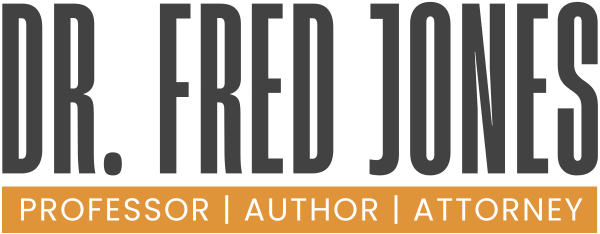Establish Credibility and Professionalism Identify and Define
Properly presenting the parts of book imparts credibility and professionalism to your book. A book is divided into three parts: the front matter, the body, and the back matter. Writing the Dedication, Foreword, Preface, Acknowledgement, and the Prologue usually confuse new writers. Here are some tips to get you started.
Dedication
The dedication should be the easiest piece of writing in a book, but can often turn out to be the most difficult for new authors. Too often, the author wants the dedication to be touching, amusing, funny, and ageless, not predictable. Rather, concentrate on the subject and the message.
The word ‘Dedication’ is not necessary on the page nor is the phrase, “This book is dedicated to…” Begin: “To my wife…”, “For my children…”, “In memory of my loving father…”, or just start writing the dedication. Look inside books for examples.
Foreword
The main role of the foreword is to establish the author’s credibility. A foreword is generally written by someone other than the author, usually someone who is familiar with the author’s work or knows the author personally; the writer of the foreword should explain how he or she knows the author and why he or she is recommending the book.
Preface
The preface is written by the author: why you wrote the book and what it is about. You might also tell about your time writing the book. Keep it short. You are just giving an overview of the book.
Acknowledgements
In the Acknowledgements, the author can recognize and thank all who have contributed to the writing and publishing of the book. During the creation of the book, keep a list of names of people who have helped so that you will not forget anyone when you write your acknowledgements; make certain that you spell their names correctly. Include anyone who helped research, edit, design, format, and illustrate your book or who served as a mentor or coach. Keep the length to one page, preferably shorter. The preface and acknowledgements can go on the same page.
Introduction
The introduction explains the purpose of the book and possibly how it was written and its scope. Defer to the audience by discussing what the book will do for the reader. Include what the reader can expect to find in each chapter. Try not to use the first person. The Introduction should entice the reader to keep reading. Keep it simple.
_______________________________________________________________________________________________________

